Cate Le Bon and Extending Music into the Three-Dimensional
With her latest release, Reward, Cate Le Bon explores self-imposed alienation and learning a new skill: furniture building.
This interview originally appeared in She Shreds Magazine Issue #18, released August 2019.
Cate Le Bon isn’t afraid to get lost. The Welsh songwriter spent most of 2018 alone, holed up in the remote Lake District of England, writing her fifth and most recent album, Reward, released in May on Mexican Summer.
“It was self-imposed alienation,” Le Bon says, on a warm spring afternoon. We’re sitting under a veranda at the Capri, a sleek garden restaurant and venue in Marfa, the small desert town in West Texas. It’s day three of the Marfa Myths festival, and she’s just finished soundchecking a few songs that she’ll perform later in the evening with Deerhunter, today’s headlining act. Le Bon has participated in two Marfa Myths artist residencies: last year recording an unreleased EP with Deerhunter, and this year fulfilling a woodworking residency.
“She operates on pure music,” says Deerhunter singer and guitarist Bradford Cox. “Most guitarists tend to have a vocabulary that they turn to, but Cate literally creates her own language. And in my eyes, it’s amazing because it doesn’t conform to any emotion that’s been previously heard.”
Over 10 days in Marfa, Le Bon has been crafting a Brutalist-style chair. She says the chair reflects the solitude she felt in the Lake District, where she spent her days learning to make furniture at the Waters and Acland school and her evenings at the piano, penning Reward.
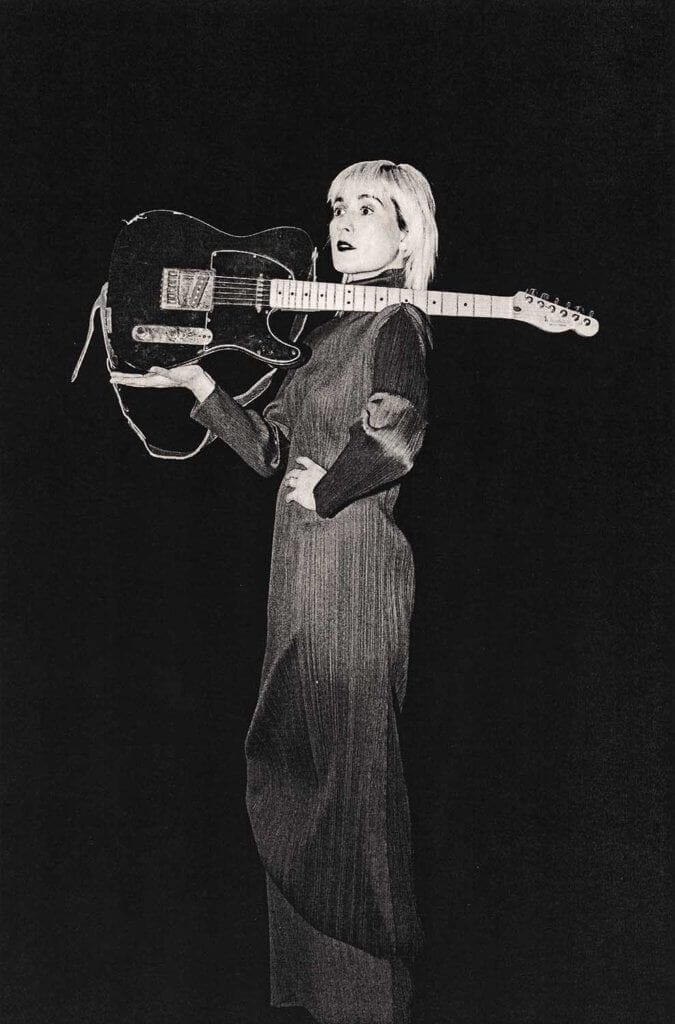
Why did you feel like you needed solitude to write Reward?
I needed a chance to check in, and make sure that this thing I want people to invest in hadn’t just become a habit. I needed to remove myself in order to readdress my relationship with music. And that’s also why I went to furniture school, so that music could become a hobby again. During this time, I started to consume music differently. I was listening to loads of Bowie each morning while I had my coffee. I brought about 15 of my all-time favorite records with me. One of them was Pipe Dreams by Mary Jane Leach, and it was so amazing to see the way it changed and sounded at different points in the day.
You’ve been involved in a number of collaborative projects, including recording with Tim Presley as DRINKS last year and producing Deerhunter’s most recent album, Why Hasn’t Everything Already Disappeared. How do you approach collaboration?
Tim was the first person I collaborated with where there was no compromise. We were both pushing each other forward and it felt really fluid and wonderful. It doesn’t always work like that. You can be a massive fan of someone and have no chemistry when it comes to collaboration. Obviously, I love working with Bradford Cox. I could play music with him endlessly.
The piano was the first instrument that you learned to play as a child, and Reward is a piano-driven record. Did this inspire a sense of youthfulness on the album?
I hadn’t thought of it that way, but that makes complete sense. When you’re living on your own, in many ways it transforms you back into a childlike state, because there’s no one to seek approval from, and it’s really cathartic to access that. I’m always trying to tap into the unselfconscious awareness of childhood, and sometimes the only way to do that is to remove yourself from everything and everyone.
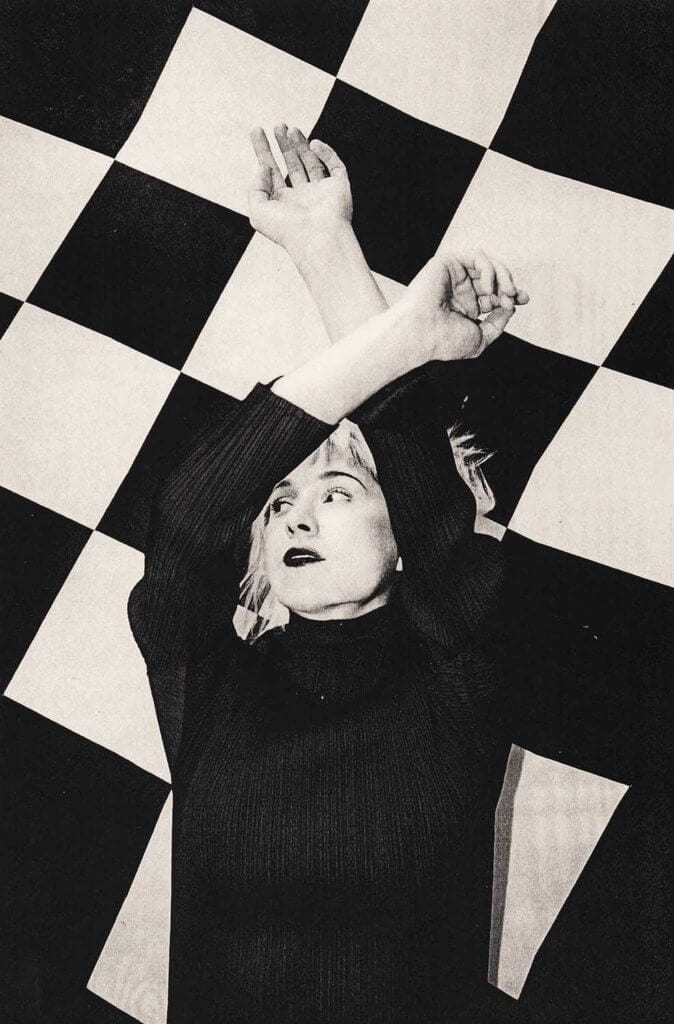
This isn’t the first time that you’ve extended your music into three dimensional objects. When you released Mug Museum in 2013, you learned to make ceramic mugs that were included in early album bundles. What differences did you find between woodworking and pottery?
What I really loved about ceramics was that you could call anything a receptacle. You could make something and it didn’t have to be perfect, it just had to hold liquid. The difference with furniture is that there is no compromise. It has to be precise, and you need to know your limitations. My hand-eye coordination is a bit whack, which means executing something like Japanese joinery would be a challenge for me. I just don’t think that I have the constitution for that level of detail, because really what I enjoy is the design process and the putting together of things. I think ultimately what I’m drawn to is simplicity.
Building a chair seems quite procedural and unlike the nebulous nature of songwriting, but I imagine you found parallels in the processes?
The making of the album mirrored the process of making a piece of furniture in a way that I didn’t intend it to, because the songs started to become solid structures. I’d been living with the songs for so long, which isn’t something I usually do. Moments of frustration were lessened because of the patience I’d learned in furniture school. When you’re making furniture, it takes a long time to machine the wood to make sure that it doesn’t bend. The goal is to have everything looking straight and precise. Things can be beautiful and well-made, but ultimately the superfluous needs to get gone. That was my goal with the record, and with the furniture that I was making.
That’s interesting, because the album doesn’t feel angular or solid to me; it feels quite accessible and soft around the edges.
I think that’s because it was labored over more than my other albums.
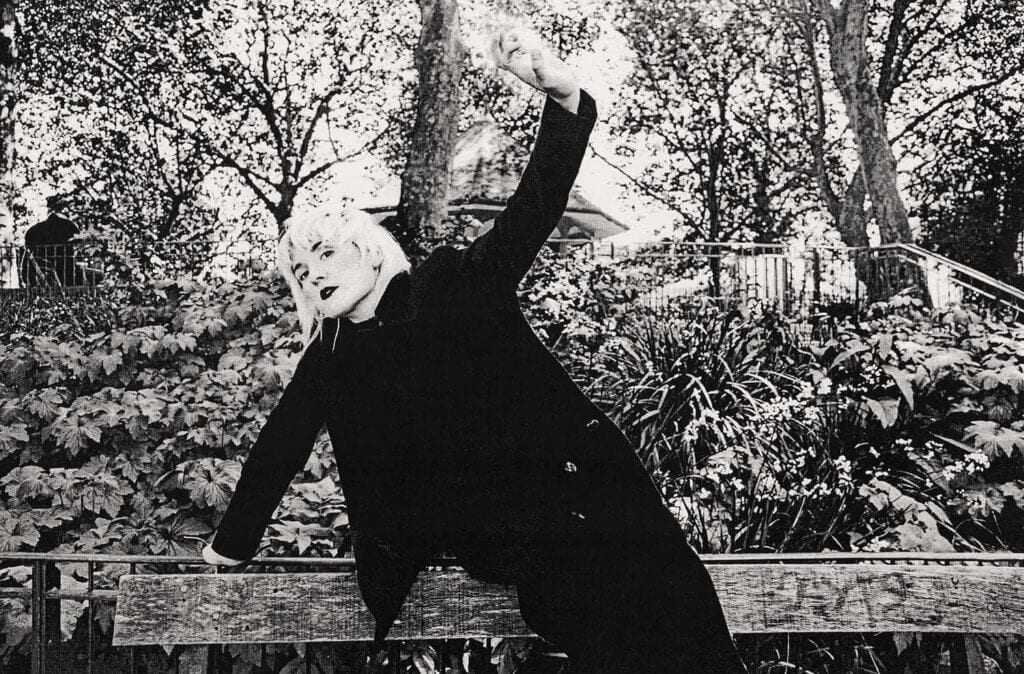
You used other instruments on the album, including a Telecaster that you’re particularly fond of, right?
Yeah, my dad bought [the Telecaster] for me when I was 14. I’ve got other guitars, and it’s not a particularly amazing one, but I love it and it fits me. I also use a white Fret-King that was a gift from a friend in Wales. It looks amazing, like a kid’s drawing of a guitar.
I read that after a recent show someone likened a guitar solo you played to a “bird playing a tin can.” Is there a story behind that?
There is. John Cale had asked me to sing with him at the Barbican. I don’t think I’ve ever cried before when someone has asked me to do something, but it’s John Cale and I just couldn’t believe it. When I got there, I didn’t know what to expect, and he said to me, “Pick up the guitar, love.” So I did, and I played a solo, and afterwards he looked at me and said, “Well, it’s not the blues, is it?”
Wow, I wonder what you were emoting in order to generate that reaction?
[Laughs] I don’t know! Someone in the audience texted my close friend and said, “Cate’s just done a guitar solo that sounds like a bird playing a tin can.” I think it’s a lovely compliment.
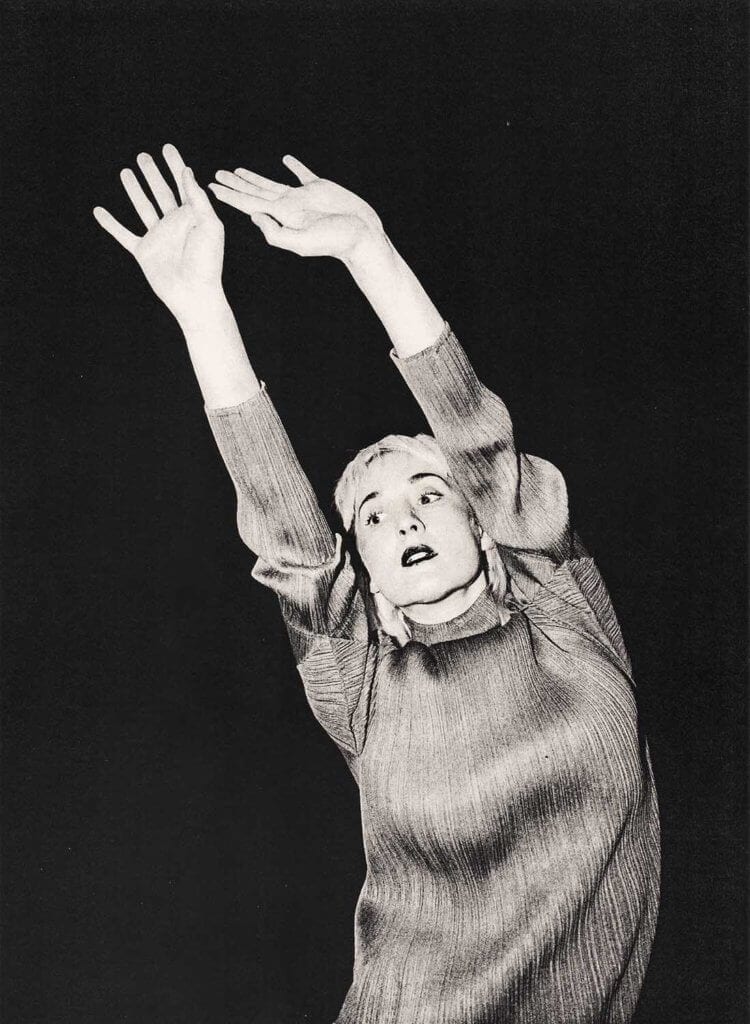
You’ve recently acquired a pedal that’s quite difficult to come by. Can you talk about that?
I’ve just added a Boss SP-1 Spectrum pedal to my setup, which makes your guitar sound like a piece of shit but in a tasteful way. Something like a DI guitar that’s really thin, and makes it sound like a bird playing a tin can [laughs]. It was a gift from Josh Klinghoffer, who has played guitar all over but currently [plays] with the Red Hot Chili Peppers. He saw me trying to recreate this thin, wiry guitar sound, and one morning we were having breakfast and he said, “This is what you’re looking for.” At the time, I had no idea that it was so rare. I’ve also added an MXR Analog Chorus pedal and a Cusack Tap-A-Delay pedal.
What was the recording process like for Reward? Did you use an amplifier with your guitar or was it direct?
It was direct. I think it’s a taste thing. I like the sound of a brittle tone. I remember hearing the electric saz, the Turkish instrument, when I was young and being excited by that sound. But at this point I’m over that [laughs] and I think I’ve moved on. The chorus pedal that I used on this album seemed to fit the architecture of the songs.
After you had finished writing in the Lake District, where did you take the album to record?
First, I took it to a studio in Stinson Beach, California, which is this beautiful place between the mountains and the ocean. It feels isolated there as well, which I think is important. Then I tried to take it to LA, but it was too fractious of an environment to be able to step into the record again, so I took it to Joshua Tree for a month. I found that again having a bubble to create in turned out to be quite beneficial.
Reward feels like your most complete and personal musical statement to date. Why do you think that is?
I usually shy away from being so direct, but considering that it was such a strange year in my life, it felt wrong to be obtuse about the music. I think there’s a coldness to it, but hopefully it’s balanced with a feeling of intimacy.
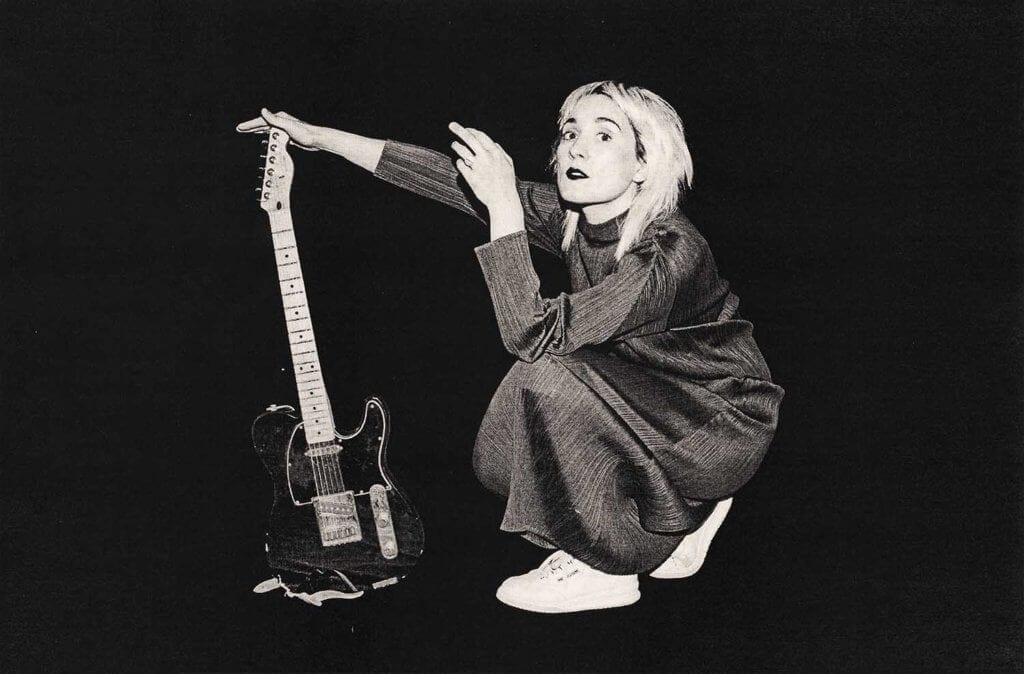
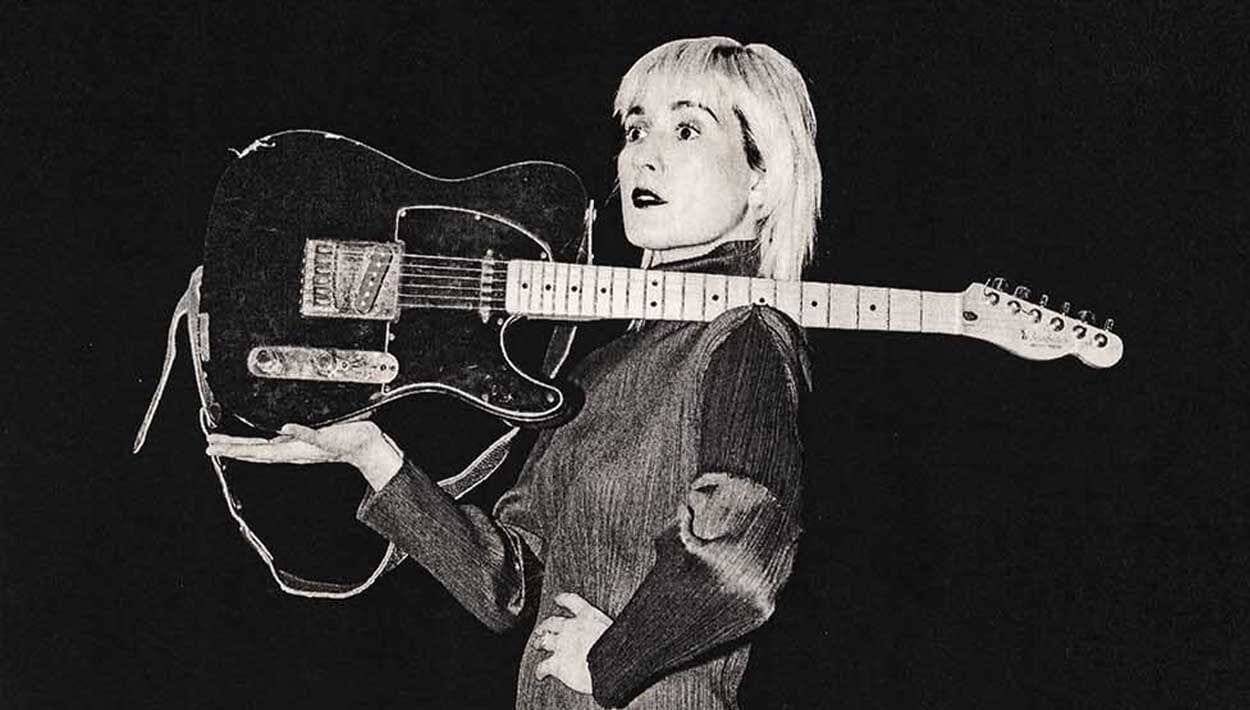

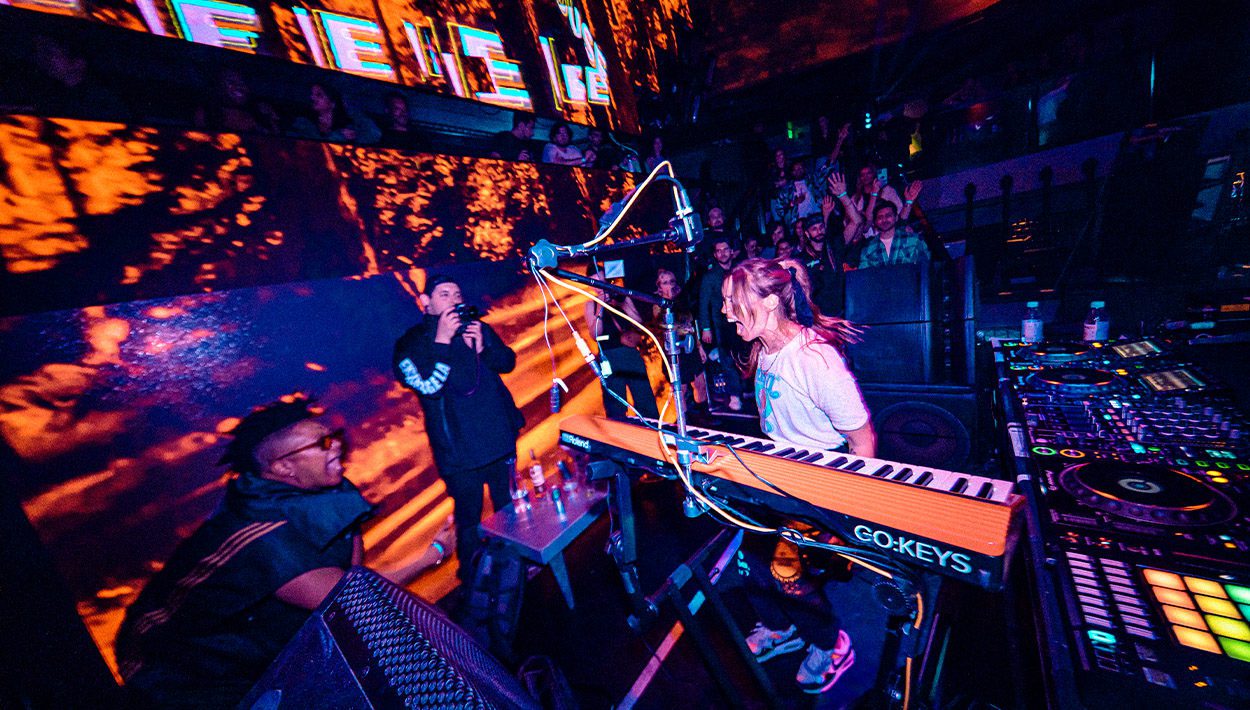
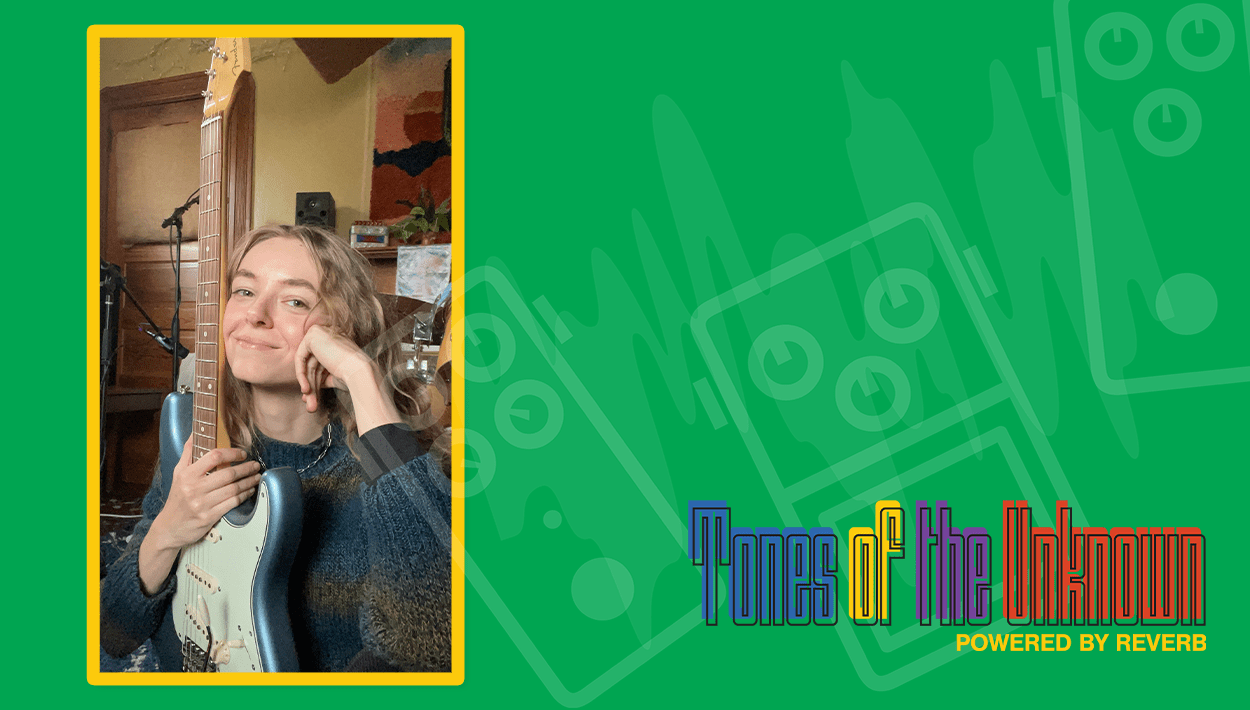
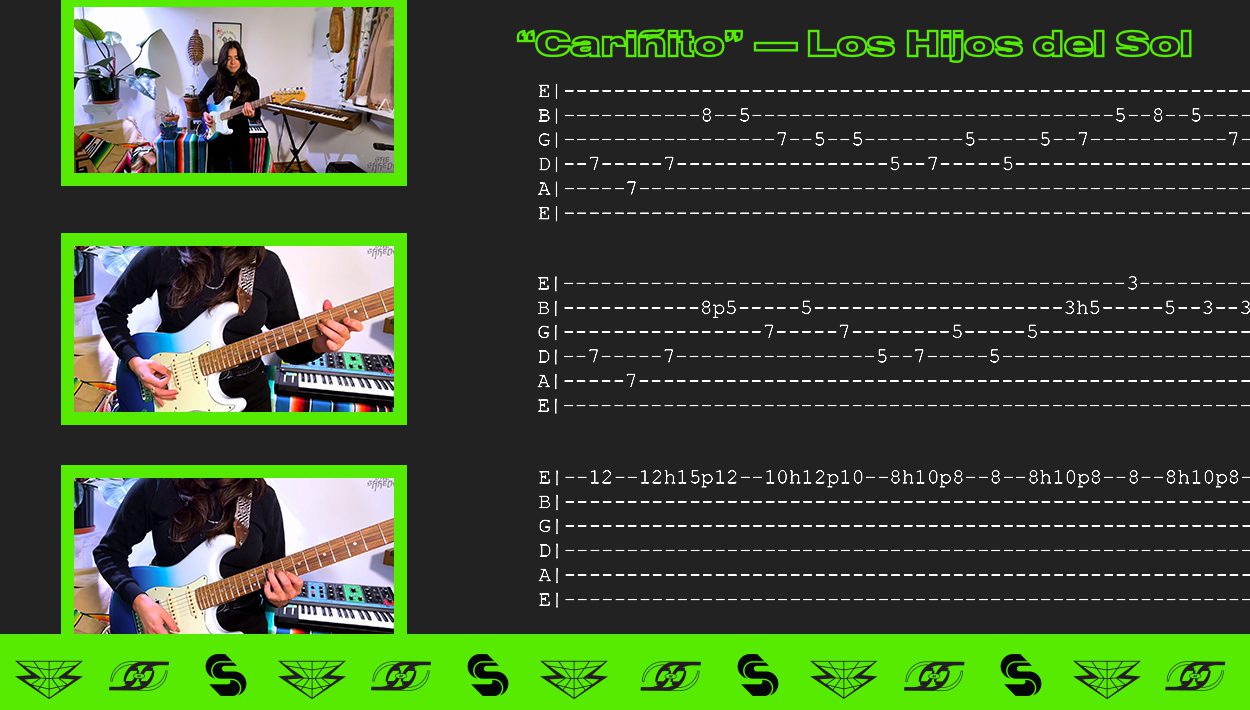
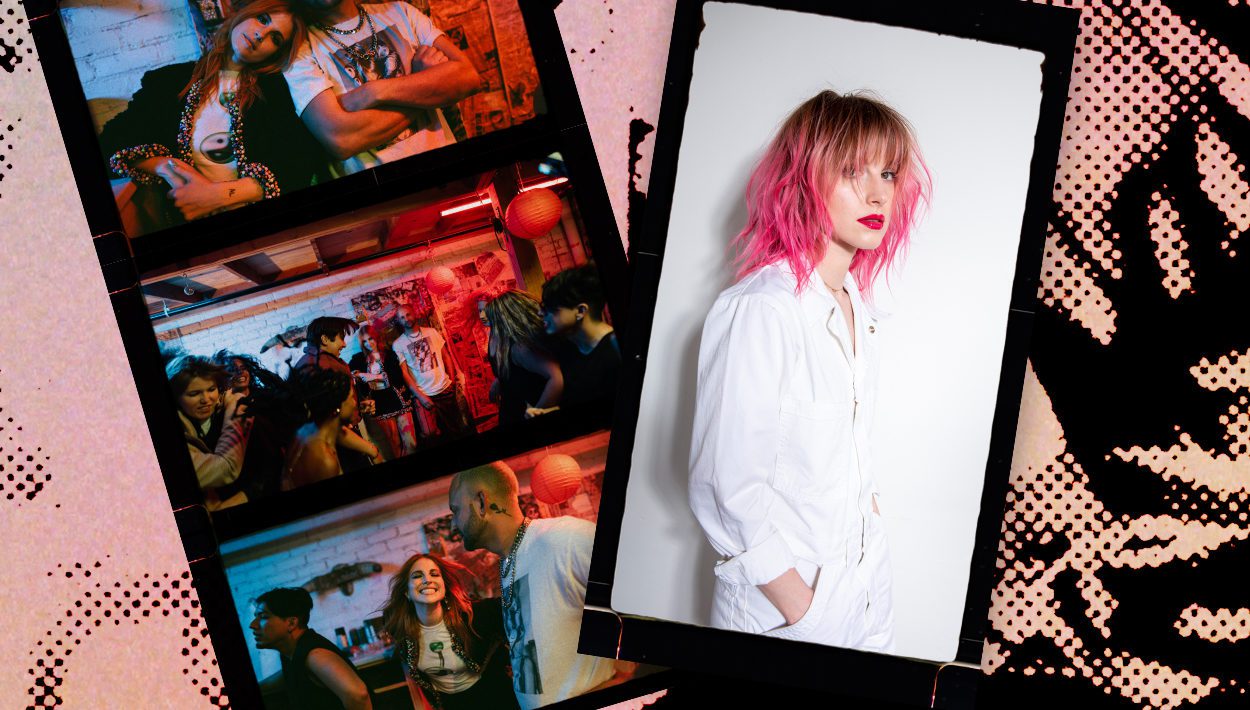


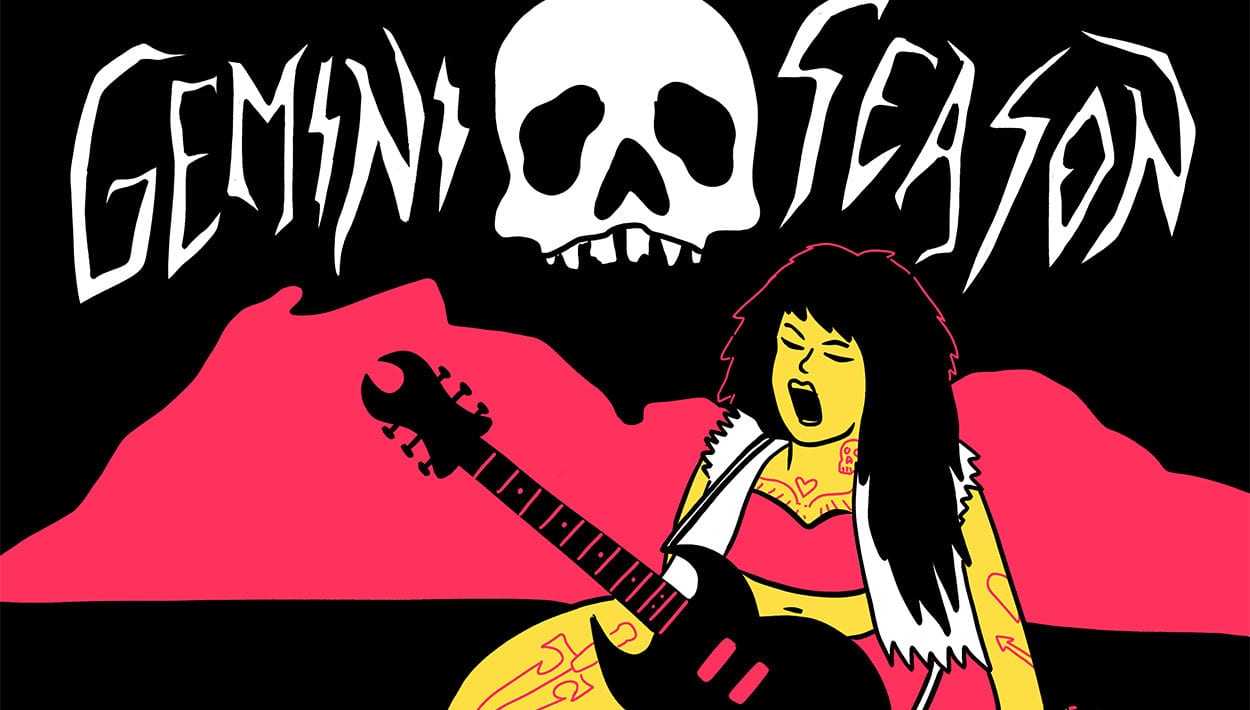

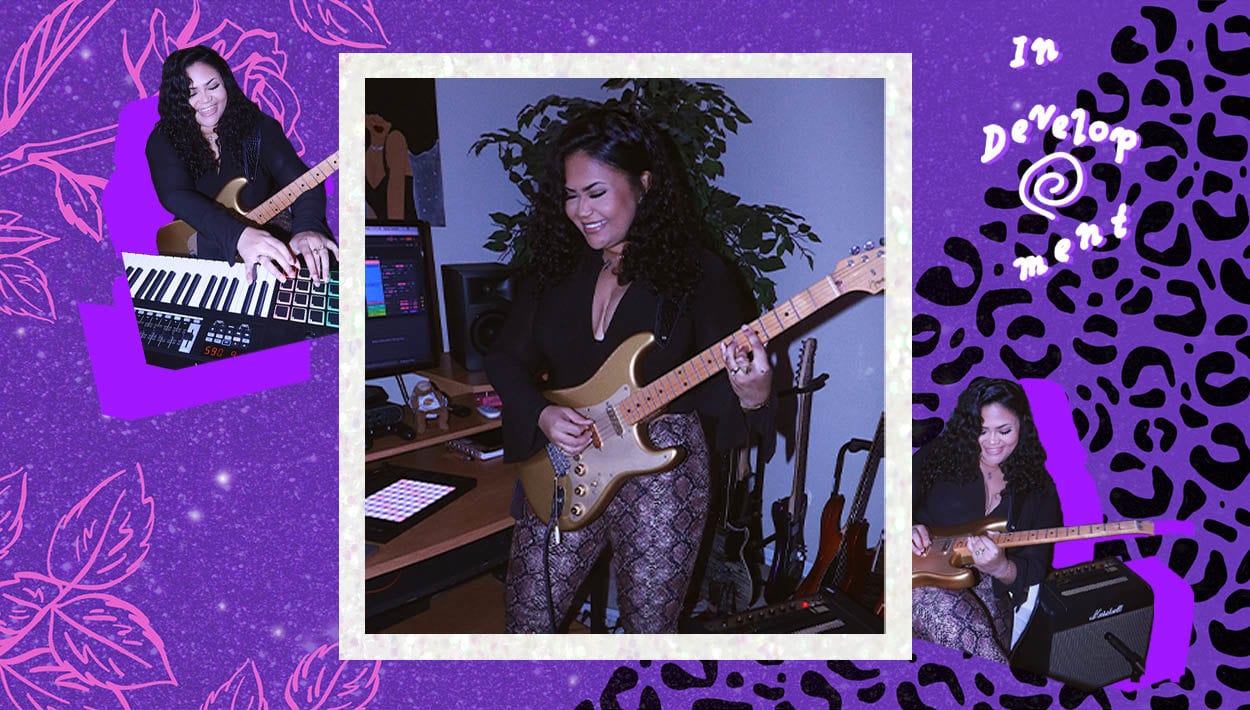
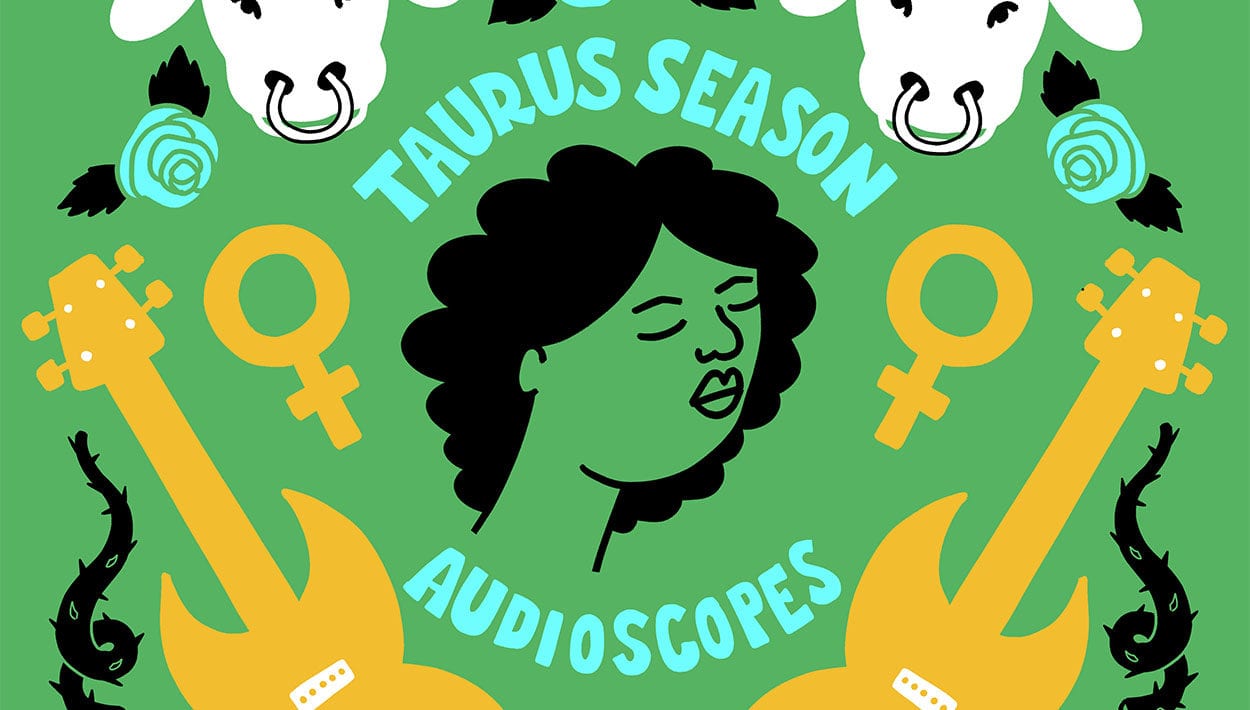


Comments
Cate Le Bon is my most favorite singer and guitarist of all time. She has sung amazing songs in the recent past and also improved her guitar playing skills to impress her fans like me. it will be a huge bliss for me if I watch her live at a concert. Visting Edu birdie source to read authentic reviews about writer always motivates me to hire one for my own research paper.
Comment by Nancey M. Stephen on July 7, 2021 at 3:15 am